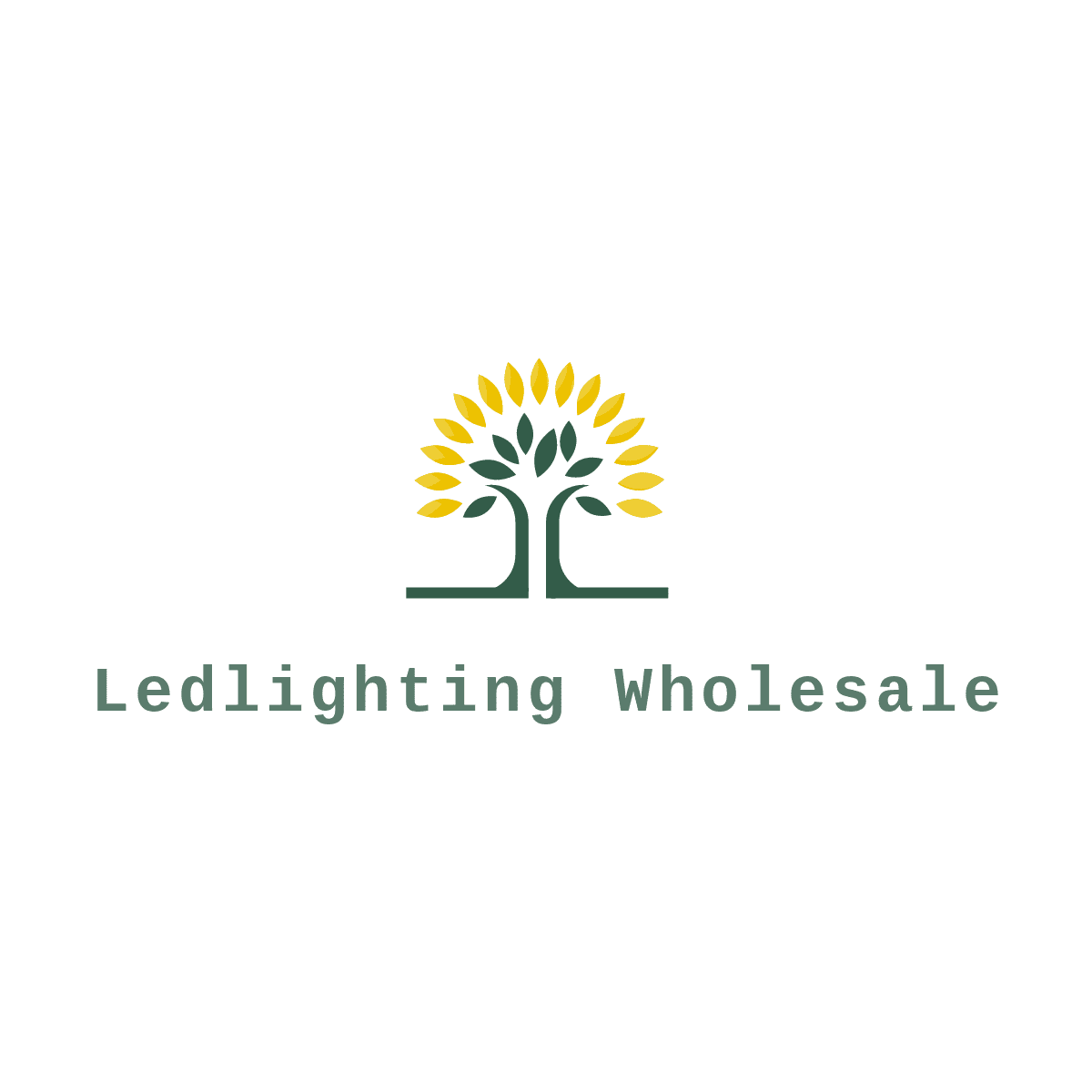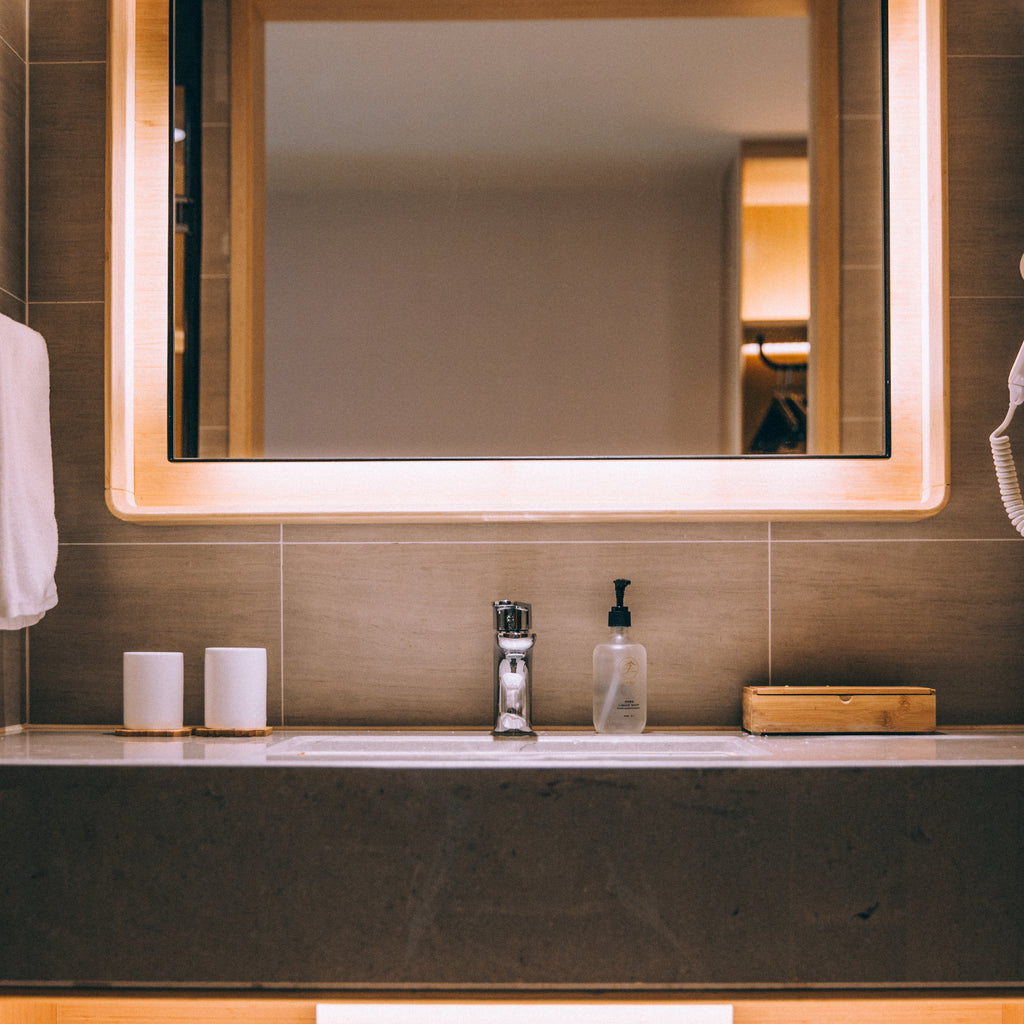Difference Between LED Light and Fluorescent Light
LED lights and fluorescent lights are two popular lighting options with distinct characteristics. LED lights are more energy-efficient, have a longer lifespan, and produce less heat, making them ideal for various applications. Fluorescent lights, while more affordable upfront, have a shorter lifespan and contain mercury, which poses environmental risks. Understanding these differences can help you choose the right lighting for your needs.
| Heading Level | Heading/Subheading |
|---|---|
| H1 | Difference Between LED Light and Fluorescent Light |
| H2 | Introduction to LED and Fluorescent Lighting |
| H2 | Understanding LED Lights |
| H3 | What is LED Lighting? |
| H3 | How LED Lights Work |
| H3 | Types of LED Lights |
| H3 | Advantages of LED Lighting |
| H2 | Understanding Fluorescent Lights |
| H3 | What is Fluorescent Lighting? |
| H3 | How Fluorescent Lights Work |
| H3 | Types of Fluorescent Lights |
| H3 | Advantages of Fluorescent Lighting |
| H2 | Key Differences Between LED and Fluorescent Lights |
| H3 | Energy Efficiency Comparison |
| H3 | Lifespan and Durability |
| H3 | Light Quality and Color Rendering |
| H3 | Environmental Impact |
| H3 | Cost Analysis Over Time |
| H2 | Applications of LED and Fluorescent Lighting |
| H3 | Common Uses of LED Lights |
| H3 | Common Uses of Fluorescent Lights |
| H3 | Best Applications Based on Lighting Needs |
| H2 | Safety Considerations |
| H3 | Health Effects of LED Lights |
| H3 | Health Effects of Fluorescent Lights |
| H2 | Future Trends in Lighting Technology |
| H3 | Innovations in LED Technology |
| H3 | Innovations in Fluorescent Technology |
| H2 | Frequently Asked Questions (FAQs) |
| H3 | Are LED Lights More Energy Efficient Than Fluorescent Lights? |
| H3 | Which Light is Better for the Environment? |
| H3 | Can LED Lights Replace Fluorescent Tubes? |
| H3 | Do LED Lights Have a Longer Lifespan Than Fluorescent Lights? |
| H3 | Are There Health Risks Associated with LED or Fluorescent Lights? |
| H3 | What is the Cost Difference Between LED and Fluorescent Lights? |
| H2 | Conclusion |
Difference Between LED Light and Fluorescent Light
Introduction to LED and Fluorescent Lighting
Lighting technology has evolved significantly over the past few decades, offering various options to suit different needs and preferences. Two of the most common types of lighting available today are LED (Light Emitting Diode) lights and fluorescent lights. Each type has its own unique characteristics, advantages, and applications. This article will delve into the key differences between LED and fluorescent lights, helping you make an informed choice for your lighting needs.
Understanding LED Lights
What is LED Lighting?
LED lighting refers to light fixtures that utilize light-emitting diodes to produce light. Unlike traditional incandescent bulbs, which use a filament that heats up to produce light, LEDs generate light through a process called electroluminescence. This process involves passing an electric current through a semiconductor material, causing it to emit light.
How LED Lights Work
LED lights work by applying a voltage to a diode, which is a semiconductor device. When the electrons in the diode move, they release energy in the form of photons, which we perceive as light. This process is highly efficient as it converts most of the energy into visible light with minimal heat production.
Types of LED Lights
- Standard LED Bulbs: These are the most common and come in various shapes and sizes, ideal for general home and office lighting.
- LED Tubes: Often used in place of fluorescent tubes, these are commonly found in commercial settings.
- Smart LED Lights: These offer adjustable brightness and color and can be controlled via smartphone apps or smart home systems.
- Outdoor LED Lights: Designed for durability, these lights are used for street lighting, floodlights, and outdoor security lighting.
Advantages of LED Lighting
- Energy Efficiency: LED lights consume significantly less power compared to traditional lighting options, making them highly energy-efficient.
- Long Lifespan: LED lights can last up to 25,000 to 50,000 hours, far longer than most other types of lighting.
- Low Heat Emission: LEDs emit very little heat, reducing the risk of burns or heat damage.
- Environmentally Friendly: LEDs contain no mercury and have a lower environmental impact than fluorescent lights.
Understanding Fluorescent Lights
What is Fluorescent Lighting?
Fluorescent lighting is a type of lighting that relies on a chemical reaction between mercury vapor and a phosphor coating inside the lamp. This reaction produces ultraviolet (UV) light, which then causes the phosphor coating to fluoresce, emitting visible light.
How Fluorescent Lights Work
Fluorescent lights work by passing an electric current through a gas, typically mercury vapor, which produces ultraviolet light. The UV light then strikes a phosphor coating on the inside of the lamp, causing it to glow and produce visible light.
Types of Fluorescent Lights
- Linear Fluorescent Tubes: Commonly found in offices, schools, and retail spaces, these are long, tube-shaped bulbs.
- Compact Fluorescent Lamps (CFLs): Designed to replace incandescent bulbs, CFLs are smaller and fit into standard lamp sockets.
- Circline Fluorescent Lamps: Circular in shape, these are often used in ceiling fixtures and some desk lamps.
Advantages of Fluorescent Lighting
- Cost-Effective: Fluorescent lights are generally cheaper to purchase than LEDs, making them a popular choice for budget-conscious consumers.
- Good for Large Spaces: Fluorescent lights are efficient in lighting large areas, such as warehouses or big-box stores.
- Available in Multiple Sizes and Shapes: This type of lighting comes in a wide variety of forms, allowing for versatile applications.
Key Differences Between LED and Fluorescent Lights
Energy Efficiency Comparison
LED lights are more energy-efficient than fluorescent lights. LEDs use about 75% less energy than incandescent bulbs and last 25 times longer. Fluorescent lights are also more efficient than incandescent bulbs but fall short compared to LEDs, especially over the long term.
Lifespan and Durability
LED lights have a significantly longer lifespan than fluorescent lights. While a typical LED bulb can last up to 50,000 hours, fluorescent lights generally last about 7,000 to 15,000 hours. Furthermore, LEDs are more durable because they are solid-state lights, meaning they have no fragile components such as filaments or glass tubes that can break easily.
Light Quality and Color Rendering
LEDs offer superior light quality and color rendering. They can be fine-tuned to emit various colors and levels of brightness, providing more control over the ambiance of a space. Fluorescent lights often produce a colder, harsher light and can flicker, which some people find bothersome.
Environmental Impact
LED lights are more environmentally friendly than fluorescent lights. LEDs do not contain harmful chemicals like mercury, which is present in fluorescent lamps. Moreover, the longer lifespan of LEDs means fewer replacements and less waste.
Cost Analysis Over Time
While the initial cost of LED lights is higher than that of fluorescent lights, LEDs are more cost-effective in the long run due to their longer lifespan and lower energy consumption. Over time, the savings on energy bills and reduced replacement costs make LEDs a better investment.
Applications of LED and Fluorescent Lighting
Common Uses of LED Lights
LED lights are versatile and can be used in various settings, including residential, commercial, and industrial environments. They are ideal for applications that require energy efficiency and longevity, such as street lighting, retail displays, and home illumination.
Common Uses of Fluorescent Lights
Fluorescent lights are commonly used in settings that require broad, diffuse lighting over large areas, such as offices, classrooms, and warehouses. They are also popular in places where cost is a significant concern.
Best Applications Based on Lighting Needs
- For Energy Efficiency: LEDs are the best choice due to their low energy consumption and long lifespan.
- For Large Spaces: Fluorescent lights may be more suitable due to their ability to provide widespread, uniform illumination.
- For Control Over Lighting Environment: LEDs offer more flexibility in terms of color temperature and brightness levels, making them ideal for spaces that require ambiance control.
Safety Considerations
Health Effects of LED Lights
LED lights have been scrutinized for their potential impact on health, particularly concerning their blue light emission. High levels of blue light exposure can potentially disrupt sleep patterns by affecting melatonin production. However, modern LED technology allows for adjustments in color temperature, reducing the amount of blue light emitted.
Health Effects of Fluorescent Lights
Fluorescent lights can flicker, which may cause headaches or eyestrain in some individuals. Additionally, they contain mercury, a hazardous material that can be harmful if the bulb breaks or is improperly disposed of.
Future Trends in Lighting Technology
Innovations in LED Technology
LED technology continues to advance, with developments focusing on improving energy efficiency, light quality, and smart capabilities. Innovations such as tunable white LEDs, which allow for dynamic changes in color temperature throughout the day, and integration with smart home systems are becoming increasingly popular.
Innovations in Fluorescent Technology
Although less prominent than LED advancements, fluorescent lighting technology is also evolving. Innovations include more efficient ballasts and coatings that improve light quality and reduce mercury content. However, these advancements are less frequent as the industry increasingly shifts towards LED lighting.
Frequently Asked Questions (FAQs)
Are LED Lights More Energy Efficient Than Fluorescent Lights?
Yes, LED lights are more energy-efficient than fluorescent lights. They use significantly less power and convert more energy into visible light, resulting in lower energy bills.
Which Light is Better for the Environment?
LED lights are better for the environment because they do not contain harmful chemicals like mercury, have a longer lifespan, and reduce waste due to fewer replacements.
Can LED Lights Replace Fluorescent Tubes?
Yes, LED lights can replace fluorescent tubes. LED tube lights are designed to fit into existing fluorescent fixtures with minimal or no modifications.
Do LED Lights Have a Longer Lifespan Than Fluorescent Lights?
Yes, LED lights typically have a longer lifespan than fluorescent lights. LEDs can last up to 50,000 hours, while fluorescent lights usually last between 7,000 and 15,000 hours.
Are There Health Risks Associated with LED or Fluorescent Lights?
Both LED and fluorescent lights have potential health risks. LEDs can emit blue light, which may affect sleep patterns, while fluorescent lights can flicker and contain mercury, posing a health risk if broken.
What is the Cost Difference Between LED and Fluorescent Lights?
While LED lights have a higher initial cost than fluorescent lights, they are more cost-effective in the long term due to their energy efficiency and longer lifespan.
Conclusion
When choosing between LED and fluorescent lights, it is crucial to consider various factors such as energy efficiency, lifespan, light quality, environmental impact, and cost. LEDs offer numerous benefits, including higher energy efficiency, longer lifespan, and better environmental performance, making them a superior choice for most applications. Fluorescent lights, on the other hand, may still be appropriate for large spaces or situations where initial cost is a concern. By understanding the differences between these two types of lighting, you can select the best option to meet your specific needs.












![[Premium Quality LED Lights & Accessories Online]-LED LIGHTING WHOLESALE LLC](http://ledlightingwholesalellc.com/cdn/shop/products/ledposttoplighting_5069eb4b-b235-408e-8b54-ef686752da3d_360x.jpg?v=1626337483)
![[Premium Quality LED Lights & Accessories Online]-LED LIGHTING WHOLESALE LLC](http://ledlightingwholesalellc.com/cdn/shop/products/posttoplight_c85be955-244c-4aec-82b2-a357862d3437_360x.jpg?v=1626337483)

![[Premium Quality LED Lights & Accessories Online]-LED LIGHTING WHOLESALE LLC](http://ledlightingwholesalellc.com/cdn/shop/products/ledhighbay_4719ce4f-76d9-414d-b4d8-6f1d9916222c_360x.jpg?v=1650983181)
![[Premium Quality LED Lights & Accessories Online]-LED LIGHTING WHOLESALE LLC](http://ledlightingwholesalellc.com/cdn/shop/products/41w60w80w100wledwallpack_d5fb8ad0-f1fe-4418-b735-e7919dc83274_360x.jpg?v=1626402504)

![[Premium Quality LED Lights & Accessories Online]-LED LIGHTING WHOLESALE LLC](http://ledlightingwholesalellc.com/cdn/shop/products/200wledfloodlight_6692acd2-e729-4e49-b36c-56c9151c34b5_360x.jpg?v=1633497385)
![[Premium Quality LED Lights & Accessories Online]-LED LIGHTING WHOLESALE LLC](http://ledlightingwholesalellc.com/cdn/shop/products/ledfloodlights_26a2b40c-ff31-4760-81e3-4b7bbcfabadb_360x.jpg?v=1633497384)
![[Premium Quality LED Lights & Accessories Online]-LED LIGHTING WHOLESALE LLC](http://ledlightingwholesalellc.com/cdn/shop/products/CANOPYLIGHT_360x.jpg?v=1626444062)
![[Premium Quality LED Lights & Accessories Online]-LED LIGHTING WHOLESALE LLC](http://ledlightingwholesalellc.com/cdn/shop/products/ledcanopylight1_360x.jpg?v=1626444062)
![[Premium Quality LED Lights & Accessories Online]-LED LIGHTING WHOLESALE LLC](http://ledlightingwholesalellc.com/cdn/shop/products/solarledlight_36c9b816-8abc-42a6-aca4-e1ea20bf579f_360x.jpg?v=1631586789)
![[Premium Quality LED Lights & Accessories Online]-LED LIGHTING WHOLESALE LLC](http://ledlightingwholesalellc.com/cdn/shop/products/solarledlight1_a64e5c79-1454-42d4-9fc2-b813c3a1ce35_360x.jpg?v=1631586790)
![[Premium Quality LED Lights & Accessories Online]-LED LIGHTING WHOLESALE LLC](http://ledlightingwholesalellc.com/cdn/shop/products/ledhighbay_cdc01a51-ec3d-4bb2-ac82-b2c7cc7cfb25_360x.jpg?v=1631622169)
![[Premium Quality LED Lights & Accessories Online]-LED LIGHTING WHOLESALE LLC](http://ledlightingwholesalellc.com/cdn/shop/products/HIGHBAY_b5fb10cd-41c0-4fb1-a066-9f012fefe2ba_360x.jpg?v=1631622169)